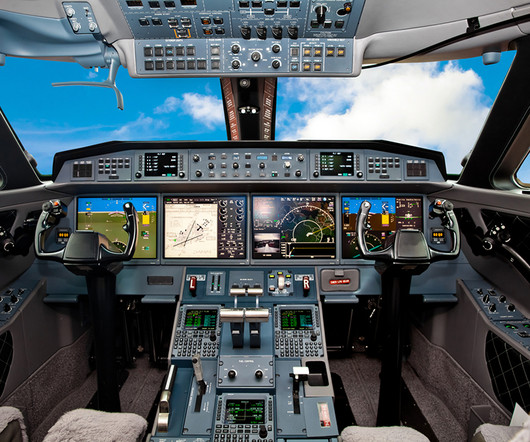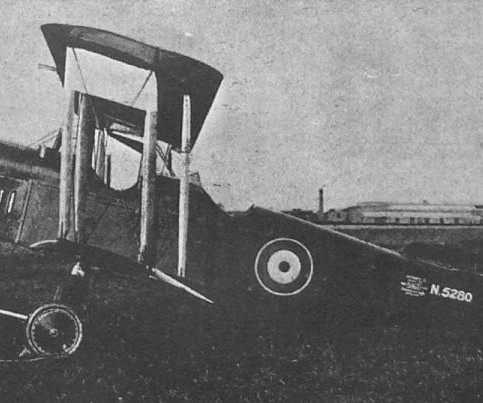Examining over 100 years of flight automation and the history of the autopilot
Aerotime
APRIL 3, 2025
Nowadays, modern aircraft are equipped with systems that can not only fly the aircraft but can also perform fully automated take-offs and landings and can even provide protection systems in the event of unusual flight situations that threaten the safety of the airplane and its occupants. What is an autopilot?















Let's personalize your content